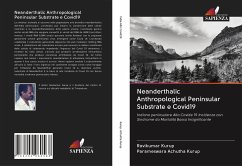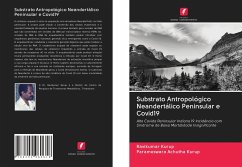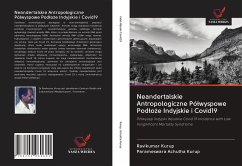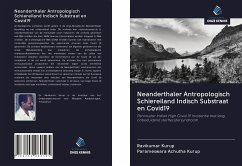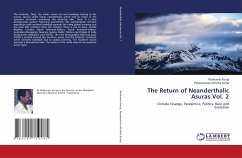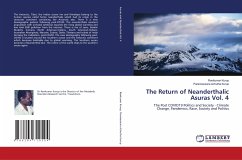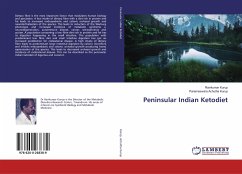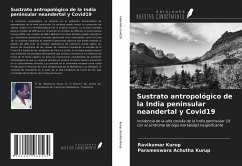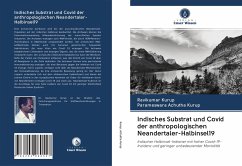
Neanderthalic Anthropological Peninsular Indian Substrate and Covid19
Peninsular Indian High Covid 19 Incidence with Low Insignificant Mortality Syndrome
Versandkostenfrei!
Versandfertig in 1-2 Wochen
61,99 €
inkl. MwSt.

PAYBACK Punkte
31 °P sammeln!
Archaeal symbiosis is seen in Aryo-Dravidian Neanderthalic population in peninsular India. The archaea can induce stem cell conversion &neanderthalisation of the human species. The archaea also generates RNA viroids which are converted to DNA viroids by HERV reverse transcriptase. The archaeal RNA &DNA viroids can also hybridise with human genomic sequences generating emerging viruses like Covid 19. The archaea catabolizes cholesterol generating digoxin which can modulate viral RNA editing. The archaeal cholesterol catabolism can deplete the membrane rafts of the cells of cholesterol impeding ...
Archaeal symbiosis is seen in Aryo-Dravidian Neanderthalic population in peninsular India. The archaea can induce stem cell conversion &neanderthalisation of the human species. The archaea also generates RNA viroids which are converted to DNA viroids by HERV reverse transcriptase. The archaeal RNA &DNA viroids can also hybridise with human genomic sequences generating emerging viruses like Covid 19. The archaea catabolizes cholesterol generating digoxin which can modulate viral RNA editing. The archaeal cholesterol catabolism can deplete the membrane rafts of the cells of cholesterol impeding the entry of the Covid 19 via AC receptors into the cell. The archaea can produce permanent immune activation producing resistance to Covid 19 infection. Homo sapiens do not have the Neanderthal mechanisms of immune activation as their archaeal load is meagre. Homo sapiens evolved the African subcontinent &made their entry to the European continent serves as fodder for infection from Neanderthal generated Covid 19 &become extinct. Neanderthal substrate is the basis of high Covid 19 incidence with low mortality peninsular Indian syndrome.



